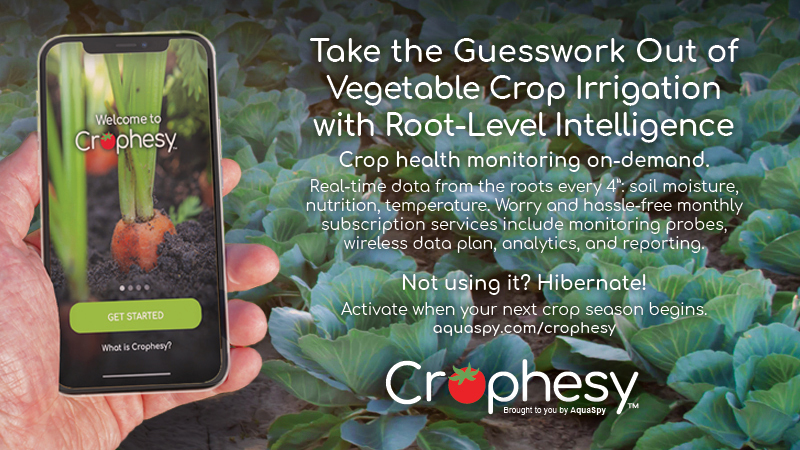USDA Going Big To Address Drought and Water Conservation
U.S. Agriculture Secretary Tom Vilsack has announced USDA will invest $400 million with at least 18 irrigation districts to help farmers continue commodity production while also conserving water across the western U.S. This funding will support irrigation districts and producers in using innovative water savings technologies and farming practices while producing water-saving commodities in the face of continued drought. It is expected to conserve up to 50,000 acre-feet in water use across 250,000 acres of irrigated land in production, while expanding and creating new, sustainable market opportunities.
USDA worked to select irrigation districts based on several commodity production and water management-related criteria in order to maximize the ability to achieve program objectives, leveraging available data from the Department of the Interior’s Bureau of Reclamation to ensure close alignment and partnership.
Districts that have been preliminarily selected for potential inclusion in this program include:
- Black Canyon Irrigation District, ID
- Brooklyn Canal Company, UT
- Central Oregon Irrigation District, OR
- Central Arizona Irrigation and Drainage District, AZ
- Corcoran Irrigation District, CA
- East Columbia Basin Irrigation District, WA
- Elephant Butte Irrigation District, NM
- Glenn – Colusa Irrigation District, CA
- Greybull Valley Irrigation District, WY
- Hidalgo & Cameron Counties Irrigation District 9, TX
- Huntley Project Irrigation District, MT
- Imperial Irrigation District, CA
- Maricopa – Stanfield Irrigation and Drainage District, AZ
- Palisade Irrigation District, CO
- Quincy Columbia Basin Irrigation District, WA
- Solano Irrigation District, CA
- Sutter Mutual Water Company, CA
- Truckee-Carson Irrigation District, NV
The preliminary selected districts might receive up to $15 million each in the awards and will enter into sub-agreements with the producers participating within the district. Depending on available funding, awards to additional districts might be possible.
According to USDA, producers who participate will receive payments for voluntarily reducing water consumption while maintaining commodity production. The needs of producers will determine the specific strategies for water conservation, including irrigation improvements, shifts in management practices, shifts in cropping systems, and other innovative strategies.
For more information, continue reading at usda.gov.










